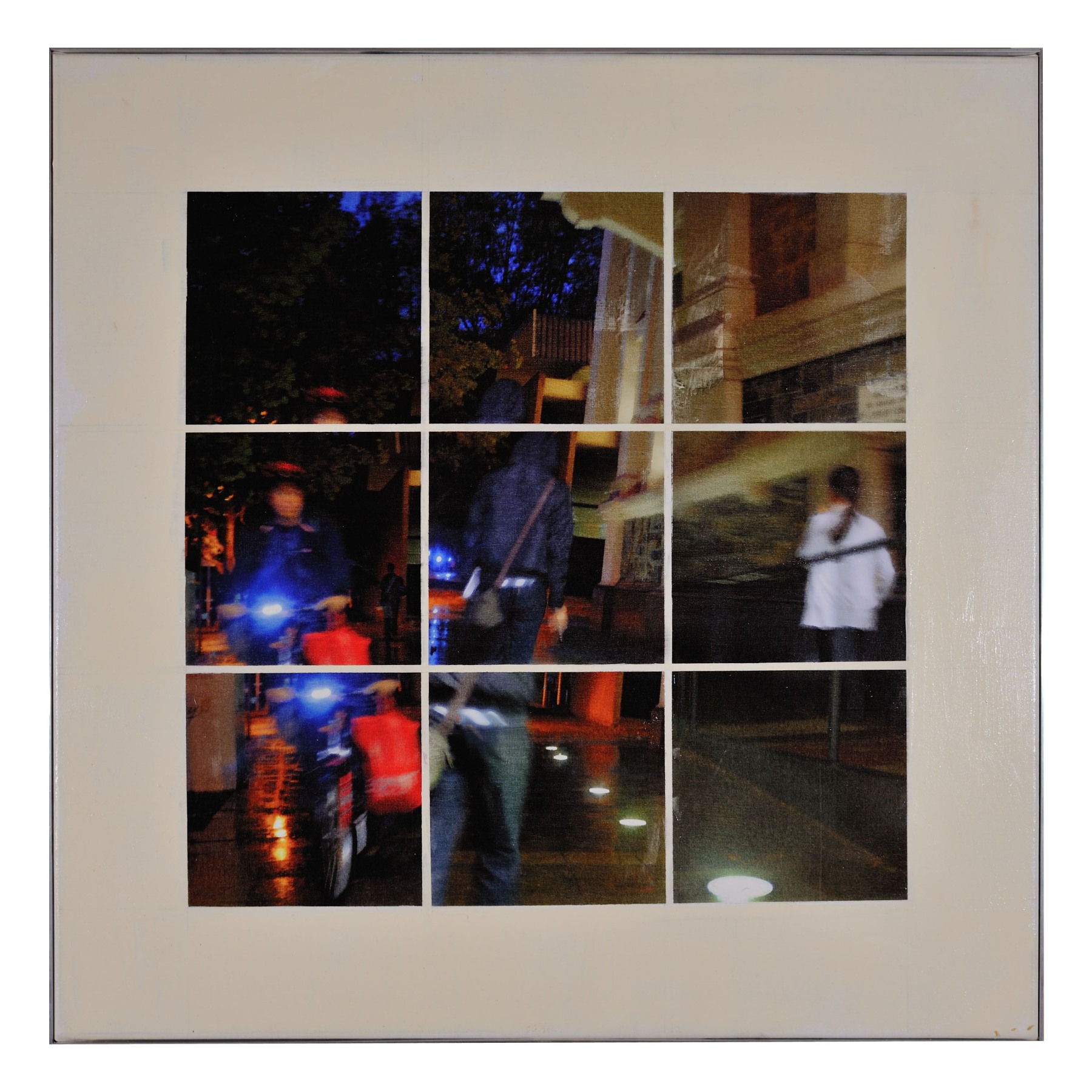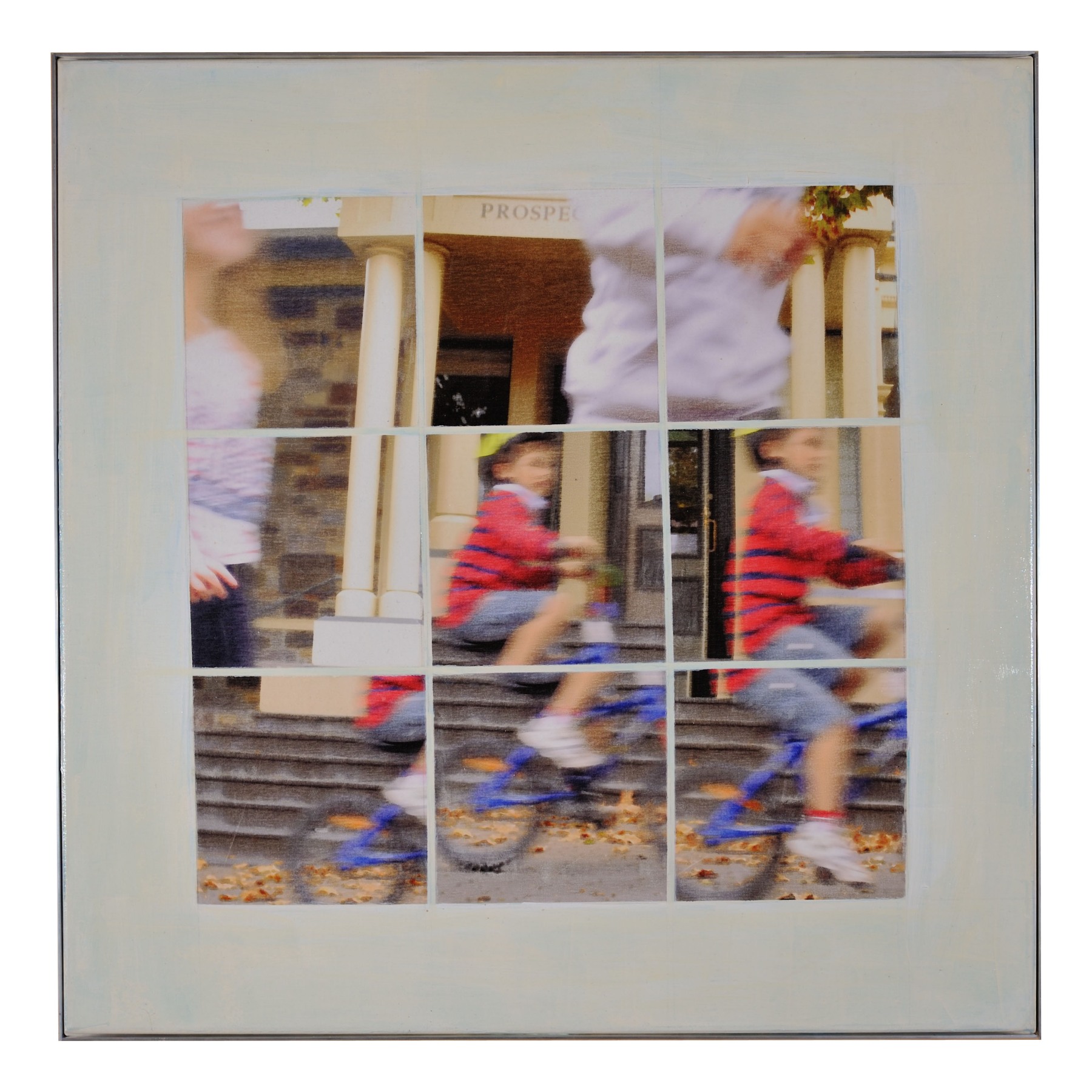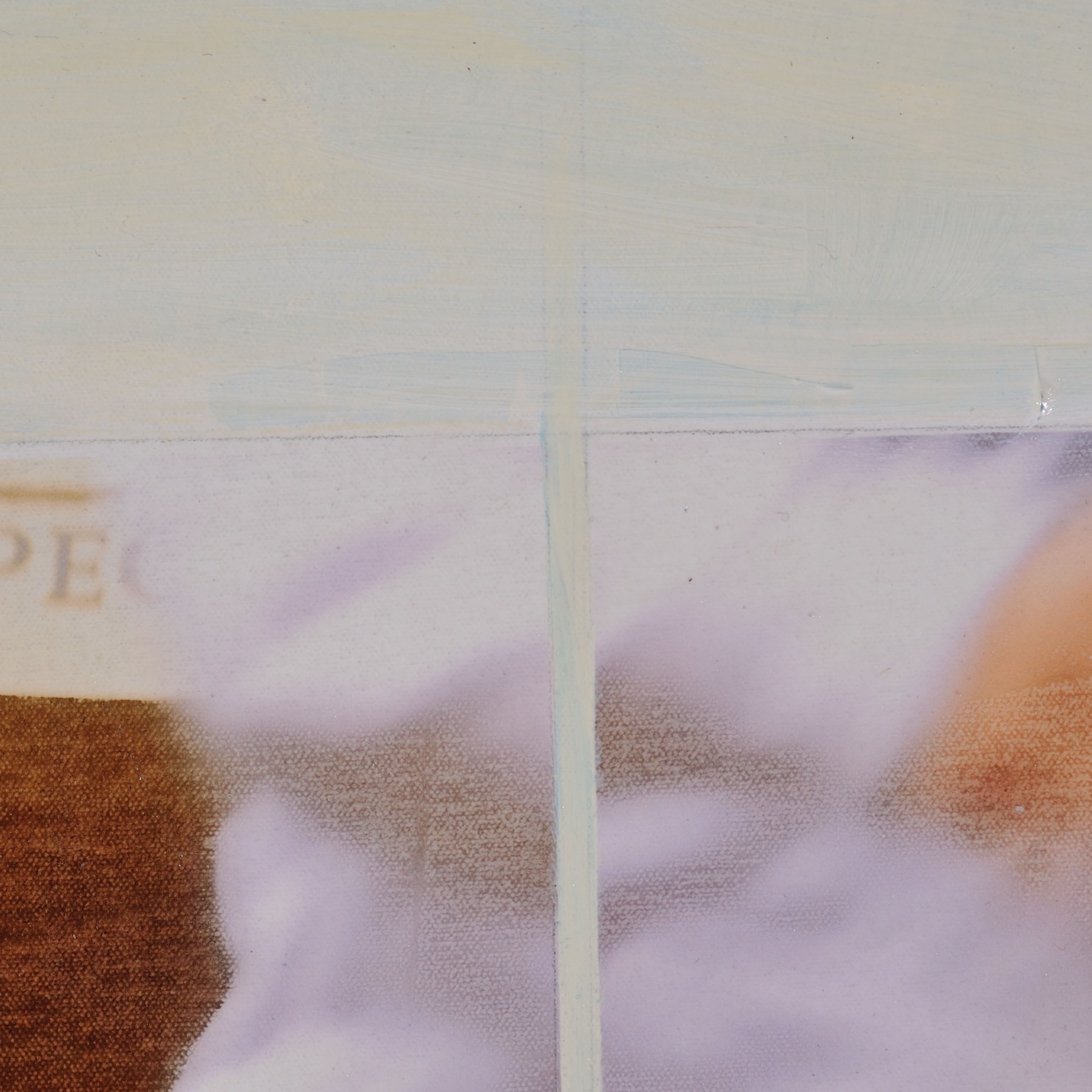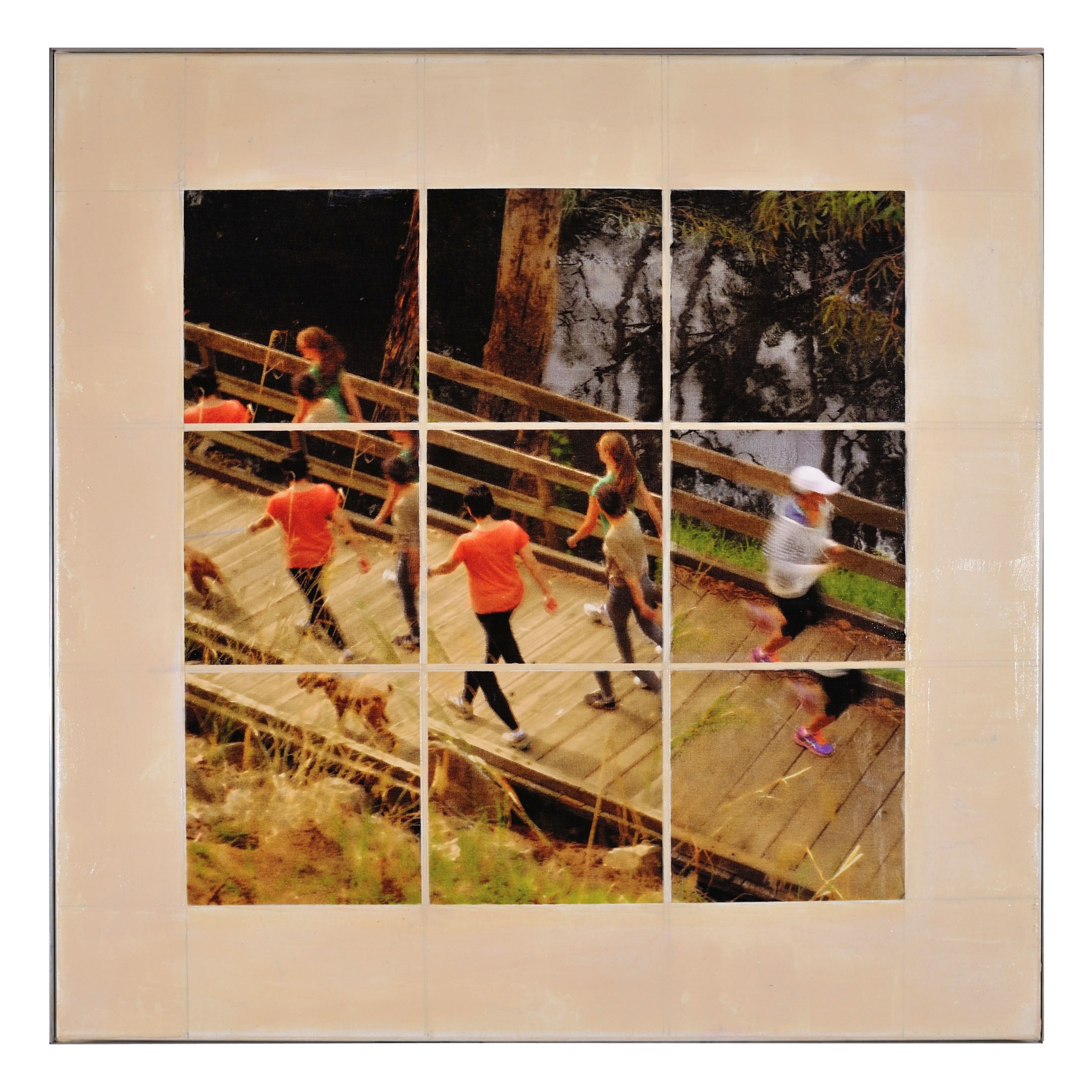
I’ve had great fun these past months preparing work for a group show put on by the Eastern Regional Alliance (ERA – get it?) of Local Councils in Adelaide.
It’s a travelling group exhibition that will visit seven council galleries over the next year. It opens on Sunday 4th August at the Prospect Gallery.
My work or this show has its genesis in my earlier exhibition la città perfetta, and this exhibition provides an opportunity to extend those themes and bring my work closer to home.
In Venice I’d experimented with cutting images up and recomposing to fracture space and time in an attempt to convey my thoughts on the uniqueness if that city. I’d also been struck by people doing ordinary things in an extraordinary location, and this allowed me to me see my own city differently and appreciate more of its uniqueness when I returned.
I’d also been studying Canaletto and his use of the camera obscura, seeing how he recombined fragments of images into a whole.

In this work I’ve played with the idea of time in a few different ways. He most obvious is the fact that this image is made up of multiple parts that occur at different moments, but I wanted to take that further and bring it in to the way the work was created and presented.
Part of the image is digital – my take on Canaletto’s then state-of-the-art use of his camera obscura – but I wanted to achieve a more painterly and ambiguous affect for the surface. I’m showing my prejudices here, but to me it’s easy for anything digital to slip in to the realm of home decorator art, and while I love all art that was not what I’m after here.
I began by preparing my own heavyweight canvasses, using moulding paste and ground to work up a base that I was happy with. I persuaded the best printers in town to print them for me; (thanks David and Paul from Atkins) and was thrilled with the result. When the digital inks were applied I then quickly worked them over with acrylic medium before they’d set, so the inks moved and sunk into the weave. This is not for the faint-hearted, as you can only move the brush across the surface once before it dissolves completely and I’ve been down a few blind alleys and destroyed a lot of prints in the past before getting my desired result.
I was then helped out by more patient people – this time the team at Duthy St Art, who stretched my worked canvasses with wonderful precision.
In another reference to the camera obscura and the cartoon (as in the smaller work from which the full sized one is created) I’ve made pencil grids (totally unnecessary to the actual production of these images of course) and added layers of overpainting and underpainting to again add to the ambiguity.

In a nod to fashion I had to finish with some aluminium around the outside. A number of framers shook their heads sadly when I mentioned my desire for a 40mm deep aluminium shadow line – but to me it seems like yesterday (perhaps it was the 1970s) when aluminium was as modern as tomorrow. Fortunately a local engineering shop could help me out. I’m pretty sure that I’ve seen the odd Boyd with aluminium round it– and perhaps Clifton Pugh’s portrait of Whitlam was framed like I’ve framed mine? Now that was an ERA to live in.
